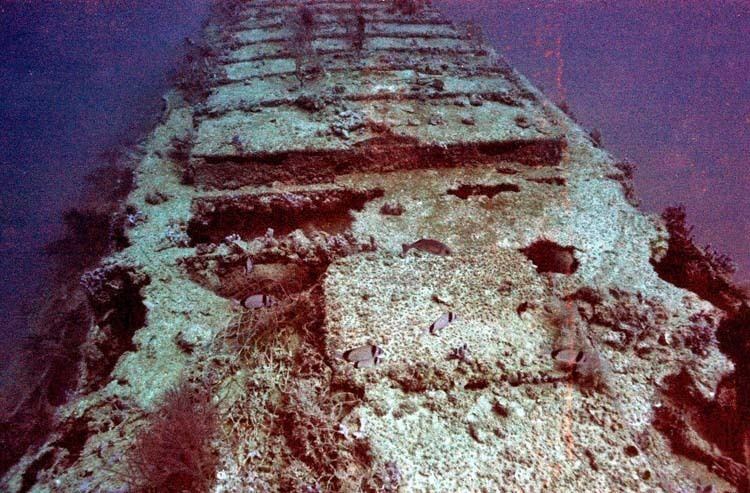Name HMS Regent Laid down 19 June 1929 Fate Sunk 18 April 1943 Launched 11 June 1930 Draft 4.9 m | Ordered 28 February 1929 Commissioned 11 November 1930 Construction started 19 June 1929 Length 88 m | |
 | ||
HMS Regent was a Rainbow-class submarine designed and built by Vickers Shipbuilding and Engineering in Barrow-in-Furness for the Royal Navy, and was launched on 11 June 1930. She was lost with all hands after striking a mine on 18 April 1943.
Contents
Pre-Second World War
Regent was commissioned for service in the 4th Submarine Flotilla on the China Station. She was deployed at Hong Kong until 1940. There Medway, the Royal Navy's first purpose-built submarine depot ship, supported her and her classmates, Rainbow, Regulus, and Rover.
Lieutenant Commander Browne RN assumed command of Regent on 9 April 1939.
1939-40
Between April and May 1940, Regent and the other boats of the 4th Submarine Flotilla transferred to the 1st Submarine Flotilla, based in Alexandria, Egypt. There she received pennant "N41". She initially laid mines off North Africa.
From June to December, Regent deployed in the eastern Mediterranean with the 1st Flotilla. While conducting interception patrols, in October Regent sank two merchant vessels off Durazzo, Albania. The vessels had a total tonnage of 6068 tons. One vessel was an Italian sailing vessel, Maria Grazia, of 188 GRT. Regent sank Maria Grazia by ramming her on 5 October off Bari at 41°05′N 17°45′E. Four days later, Regent claimed her second victim, an Italian merchantman of 5,900 GRT. Regent torpedoed Antonietta Costa at 41°05′N 17°45′E. Antonietta Costa managed to run aground, but proved unsalvageable.
On 14 or 15 January 1942, Regent was off Benghazi, Libya. There she sank the MV Città di Messina, with the loss of 432 men. Citta di Messina, of 2,742 tons, was under escort by the Italian torpedo boat Centauro, which was able to rescue 166 survivors. The incident took place 45 nautical miles (83 km) east of Tripoli, Libya, at 32°59′N 14°11′E.
On 21 February, Regent attacked three merchant vessels at 33°41′N 12°48′E, which is about 55 nautical miles (102 km) north-northwest of Tripoli, Libya. She damaged the German vessel Menes, of 5,609 tons, but Seatta, one of the three destroyers escorting the merchantmen, took that vessel into tow. Before Saetta took Menes into tow, she dropped depth charges which damaged the submarine.
British-Yugoslavian Ambassador Incident
The Regent achieved fame after it wove its way in April 1941 through two minefields and entered the Italian port of Kotor, in present-day Montenegro, to negotiate the release of the then British Foreign Minister to Belgrade, Ronald Campbell.
After waiting for nine hours, a Yugoslav commander informed Browne that Yugoslavia had been overrun by German forces and Campbell was being held by the Italians at a small village called Ercegnovi, a short distance down the coast. Regent arrived at Ercegnovi, and Lt. D. Lambert was sent ashore to negotiate Campbell's release. To assuage British fears that the Italians would take Lambert hostage, the Italians exchanged a staff officer.
Just after half-past three, several supposed Italian dive bombers attacked Regent. For the safety of his crew, Browne decided he would have to leave Lambert ashore and attempt to escape. The aircraft followed Regent, firing at its periscope, but she successfully escaped into the Adriatic Sea. Although the Regent's crew initially thought the dive bombers were Italian, it later turned out that they were German. Their arrival caused much annoyance to the Italian admiral conducting the negotiations for Campbell's release.
Return to combat service
Lieutenant Walter Neville Ronald Knox replaced Browne on 20 July 1941.
On 1 August, Regent used her gun to sink the Italian auxiliary minesweeper B 23 (Igea), of 160 GRT. The attack took place at 31°33′N 19°56′E, about 33 nautical miles south of Benghazi.
In November, the British submarines Regent, Otus, Unique, Ultimatum, Ursula and Urge deployed to interdict convoys sailing between Italy and Tripoli. The group did not meet with any success.
Then on 1 December, Regent succeeded in torpedoing an Italian merchant vessel, the Enrico, of 2,350 GRT. The attack took place at 37°52′N 11°52′E, 10 nautical miles southeast of the Aegadian island of Marettimo.
In January 1942, Regent deployed to Gibraltar, but then sailed to the Philadelphia Naval Shipyard, United States, for a refit, which began on 16 February. While Regent was on her way via Punta Delgado in the Azores, Clyde fired two torpedoes, fortunately unsuccessfully, at Regent. Both submarines were on the surface; Clyde fired just before she dove.
Regent completed her refitting on 18 September. Between 3 December 1942 and 21 January 1943, she reportedly was in Bermuda for repairs of storm damage. She then returned to Gibraltar, where she resumed her deployment in the Mediterranean.
Loss
On 11 April 1943, Regent sailed to patrol the southern Adriatic. She was lost with all hands. The loss was discovered when the submarine failed to return to its base in Beirut, Lebanon, to re-fuel and take on supplies by 1 May 1943.
In 2014, Regent's wreckage was found at a depth of 28 meters at 41°29′N 16°16′E, some ten miles north of Barletta, on Italy's Adriatic coast.
In the years before the finding of the wreck, accounts of the loss had differed.
One theory, which has gained credence, is that on 18 April Regent struck a mine north of Barletta, after attacking an Italian convoy. It was reported that earlier that day an unidentified submarine had attempted to torpedo the small Italian tanker Bivona, of 1,646 GRT, and the submarine in question may have been Regent.
A second theory was that on 18 April the submarine was north of Monopoli, further along the same coast, where she fired a torpedo at the merchant vessel Baltic, but missed. The Italian corvette Gabbiano was escorting Baltic and immediately launched a depth charges attack, which it was thought could have destroyed Regent. Gabbiano was the ship after which the Italian Navy's Gabbiano class of corvettes was named.
